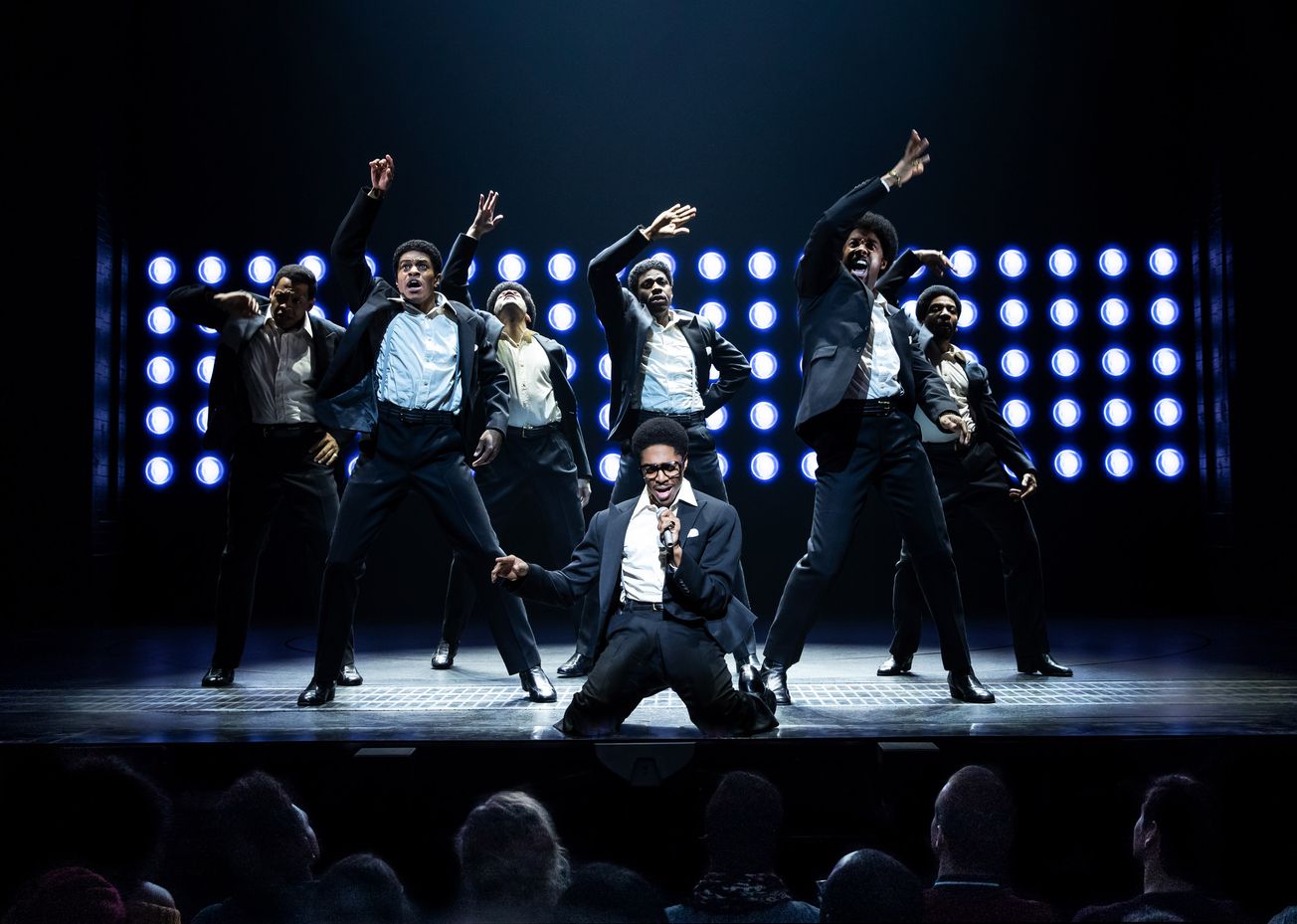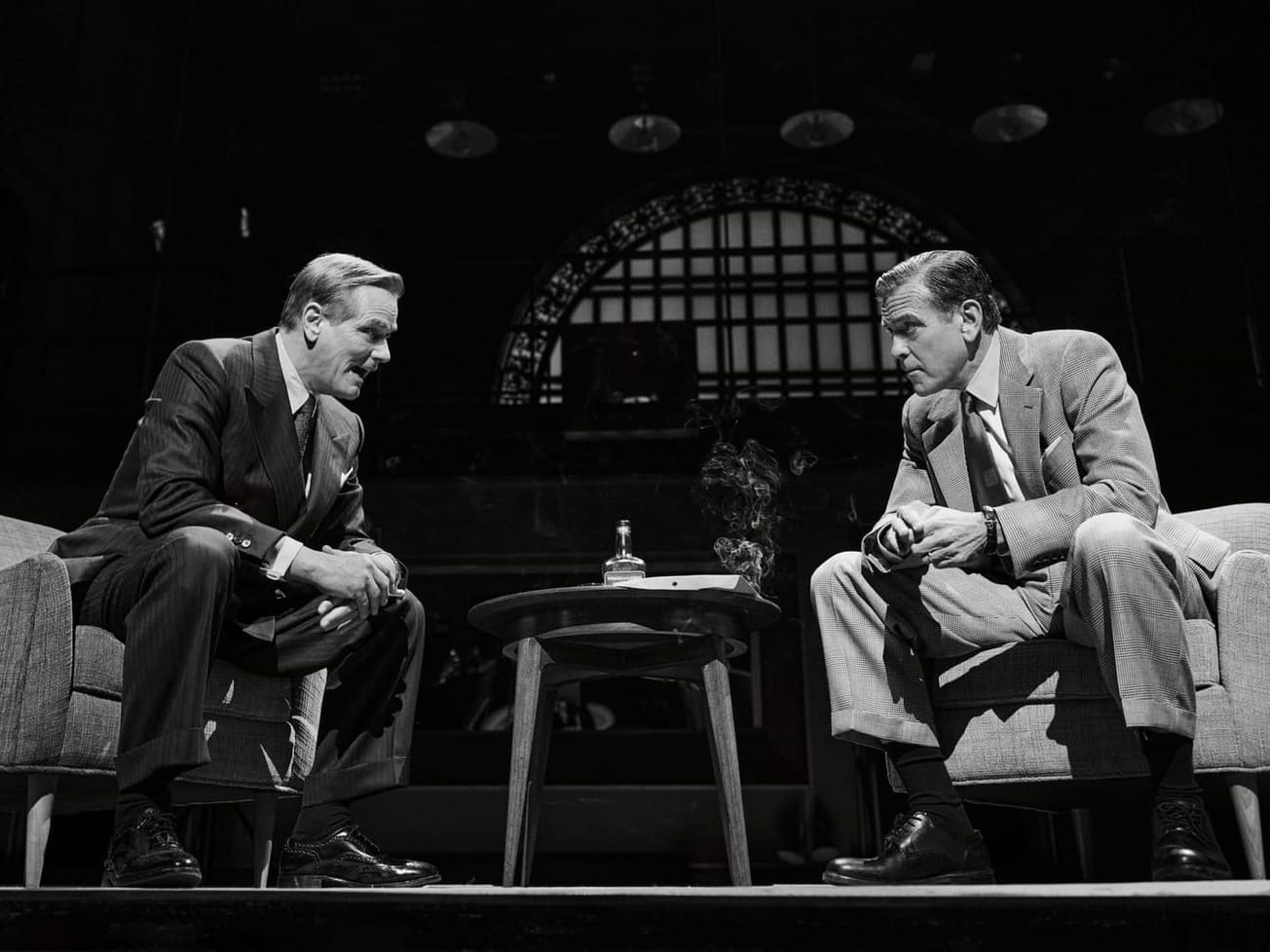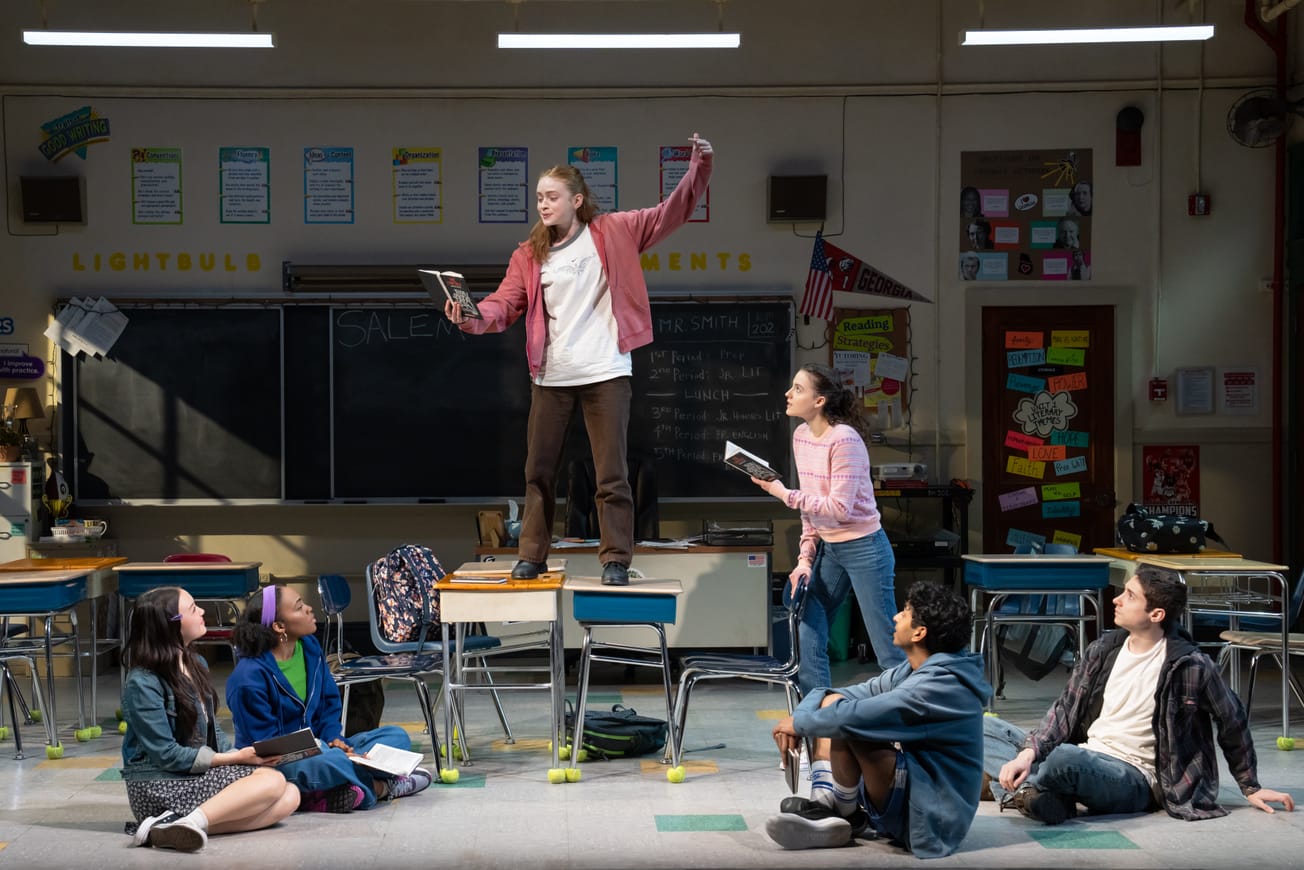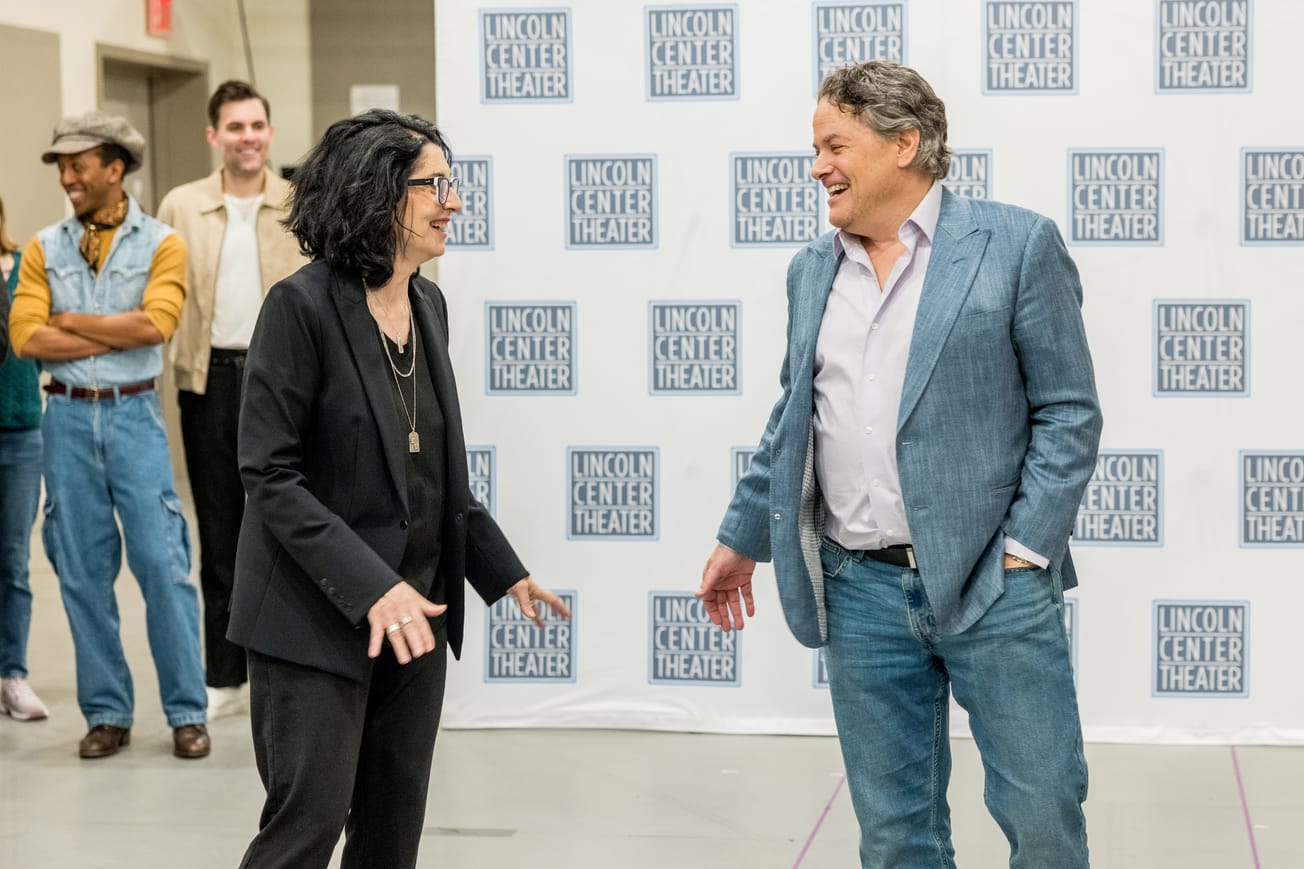In taking on the story of the Temptations, choreographer Sergio Trujillo knew he wanted the dance moves to feel new, with a hint of the familiar.
Director Des McAnuff knew that the songs featured in the musical had to do more than just evoke nostalgic nods.
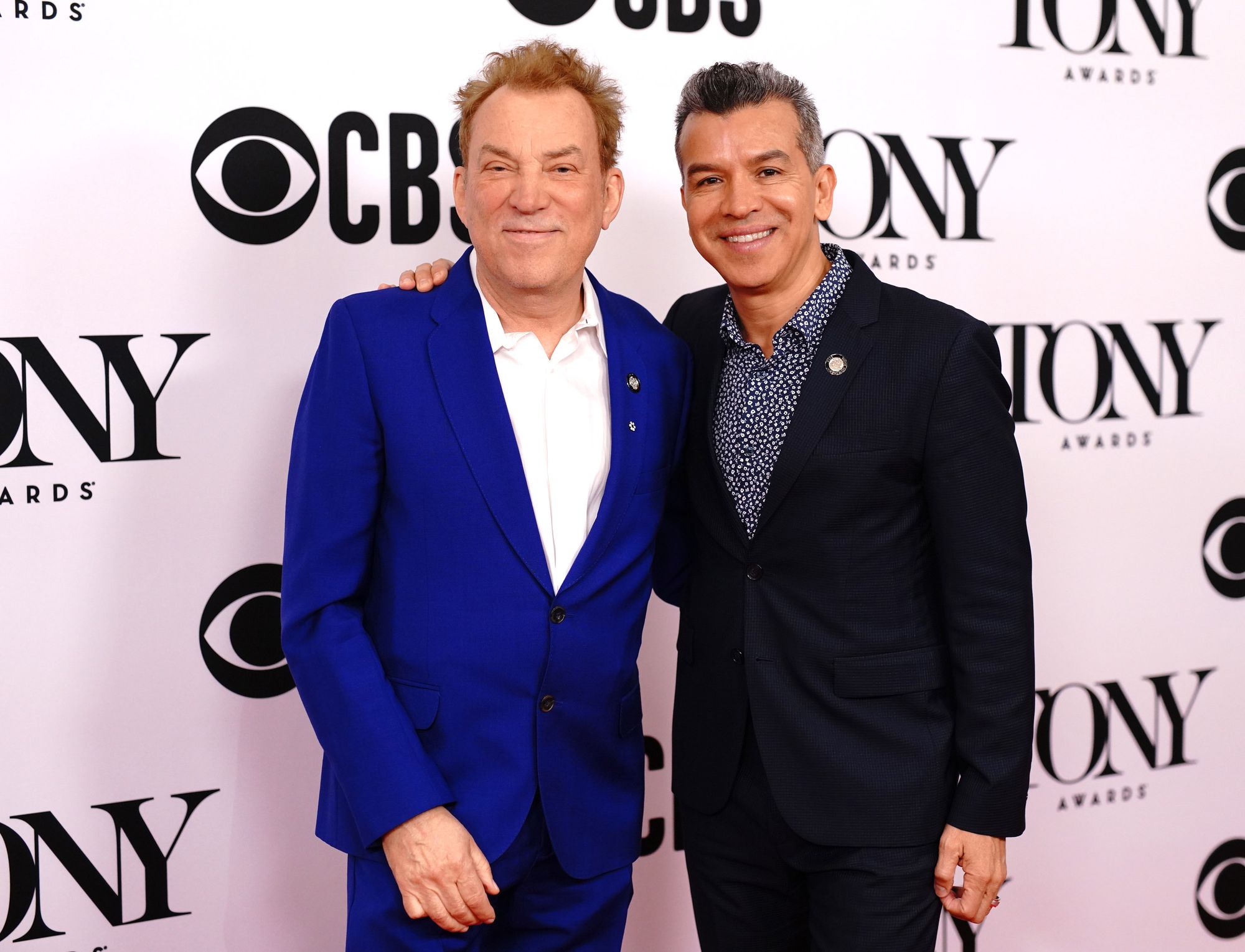
And so the pair embarked on “Ain’t Too Proud,” the fourth collaboration between the director and the choreographer, who both received Tony nominations for the show, and the third jukebox musical that the duo behind “Jersey Boys” and “Summer” have taken on.
Trujillo and McAnuff spoke with Broadway News about the process of creating a jukebox musical and how the out-of-town tryouts helped shape the Broadway show.
Edited excerpts:
Broadway News: Compared to creating a new, original musical, what are the challenges of taking on the story of a well-known musical group?
Des McAnuff: I think any new musical, and this is a new musical that’s based on Smokey Robinson and Norman Whitfield songs. Any new musical requires a lot of work on structure and the dramatic architecture of the piece, and that’s not different here. One of the great advantages of doing something like “Ain’t Too Proud” is you start off knowing that you have these extraordinary songs. But it’s still the marriage between music and drama. And so whether you’re actually working with a composer who’s trying to musicalize a story, or you’re working from the opposite end, the process is actually remarkably similar. The mechanics of creating the show, they’re not profoundly different than with a new score.
Sergio Trujillo: For me, choreographically, I get a little bit of a head start because I know the music. I know where it comes from. I’m not grasping out of thin air in terms of a genre or style. So I have a little bit of more of a road map. Specifically with this show, I wanted to take a departure from the preconceived notions about the Temptations’ movement. I wanted to look at it through the lens of today.
BN: How do you find the balance between giving the Temptations fans what they want and creating a new artistic piece?
McAnuff: You know, the songs serve the story. So there is actually no temptation to go, “We’ve got to give them this one.” I started working with [book writer] Dominique Morisseau and, the first thing we did is we spent hours and hours educating ourselves about the music. We had lyrics for literally every song they ever recorded. And so there’s a whole process of going through their body of work so that you can serve the story that you’re simultaneously studying. There’s actually no way you can stop the story and go, “OK, let’s give them this one.” The story has to be moving from the first second until the curtain.
BN: Sergio, you said all of the choreography is new. What was the motivation behind updating it?
Trujillo: At the top of the show, I want the audience to feel as though they are seeing what they kind of remember the Temptations to be. But then there are people that are coming to see the show that have never seen the Temptations, especially the younger audience. So I wanted them to look at them and think “ Wow they’re really cool.“
BN: The story is partially based on the memoir of Otis Williams, the founding member of the Temptations. How involved was he in the creative process?
McAnuff: Otis Williams has been so unbelievably supportive. The very first time Dominique and I got to sit with him, it was clear that this was his opportunity to really tell the truth about the group. The original guys are all gone now. And he really left it to us to do that. He certainly told us anecdotes and gave us some guidance, but he really stepped back from the process.
BN: How did the pre-Broadway stops in Berkeley, Washington, D.C., Los Angeles and Toronto inform the final production?
McAnuff: Before we went to Berkeley, we spent six weeks in a rehearsal room here in New York, in a workshop with many of the same company members, so we did spend an awful lot of development time on this piece. The great thing about the Washington, L.A., Toronto part of it is the actors experience audiences in different places. There are these personality shifts between cities, and I think it was a great way of building up the confidence of the actors. By the time they got through playing Toronto, they felt like they’d been through every kind of conceivable experience with an audience. And it was ultimately then just about them being truthful. It was the best education we could have had by moving around like that.
Trujillo: What I loved about it was that it created a dance company of sorts. All 21 of [the actors] are triple threats. I can turn around and show them any step. There were times in Washington, while Des was working on something on stage, I’d be in the hallway with the Temptations working on new things. There was no stress. We were just sort of flying.


















































